You asked and we are delivering – YOUR top painting questions about Fusion Mineral Paint. Every day our inbox, direct messages and posts on Paint It Beautiful are filled with tons and tons of questions for us Fusion experts – from very simple questions (HELLO where can I BUY THIS FABULOUS PAINT?!?! to complex, advanced technique questions. We decided it was about time that we compiled the top 25 questions we get asked and provide you with answers straight from the experts! Think you know everything you can about Fusion Mineral Paint? Think again, read on, there is something for everyone!
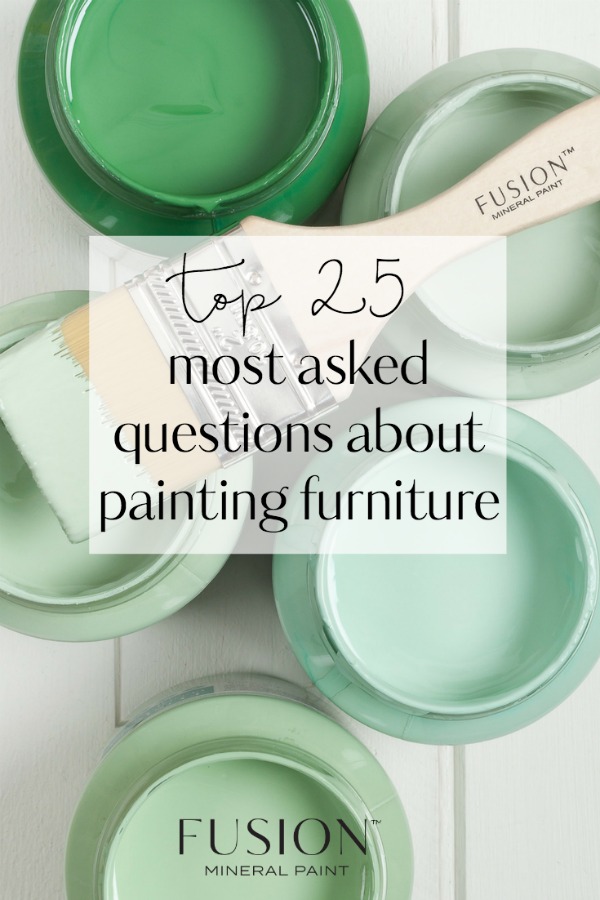
1) What is tannin bleed and how do you avoid it?
Tannin bleed or bleed through, are the tannins and resins of the wood trying to escape. While tannin stains can occur with almost any species of wood, some types of wood such as cedar and mahogany, are known as staining wood and are more prone to tannin bleed.
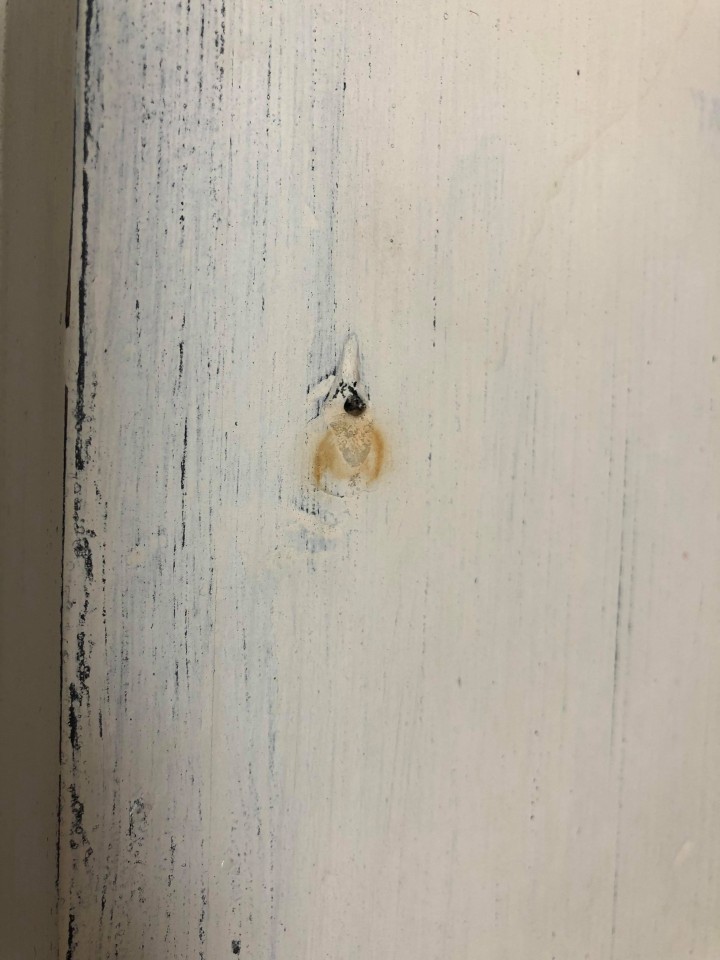
You will notice, especially if you paint with lighter colours, almost a shadow, stain or coloring, peeking through your paint as it starts to cure. It then “bleeds” through the paint. This can appear in the shape of a knot from the wood, or an overall hue color change.
So how do we prevent tannin bleed? Applying a stain blocking primer is crucial to preventing bleed through when painting. You may want to use B-I-N Zinsser Shellac-Based Primer so that the shellac will hold in the resins and not allow for bleeding to occur. You can read more information in our post about “How to prevent bleed through.”
2) What are some of the different methods for distressing?
There are countless ways of distressing wood and making it look old, so we want to share two of our favourites, specifically tailored distressing Fusion Mineral Paint.
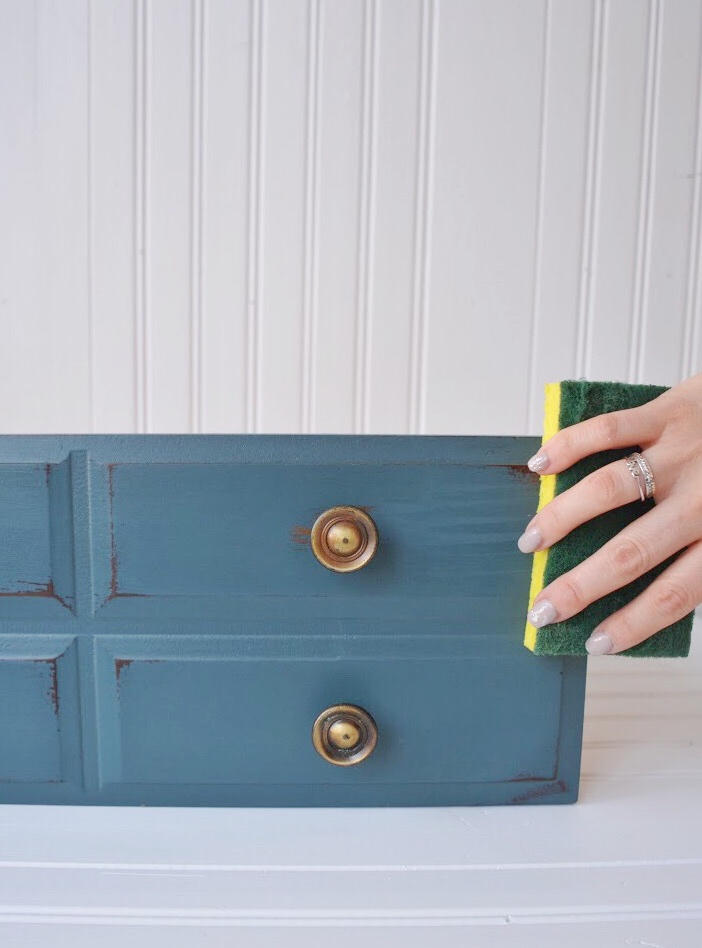
A) Using Beeswax – Simply take the beeswax block, (try warming it in your hand for a moment first) and scuff it over any area you want the Fusion Mineral Paint to ‘resist’. In other words, the areas that you do not want the paint to stick to the surface as Fusion is known for its incredibly durable surface after it is cured. This is why distressing before Fusion cures will make the process easier. After you have used your beeswax, go ahead and paint. Once your paint is dry, you can use sandpaper or a wet rag to pull the paint away from the ‘resisted’ surface. My Painted Door has a very thorough post about how to do so.
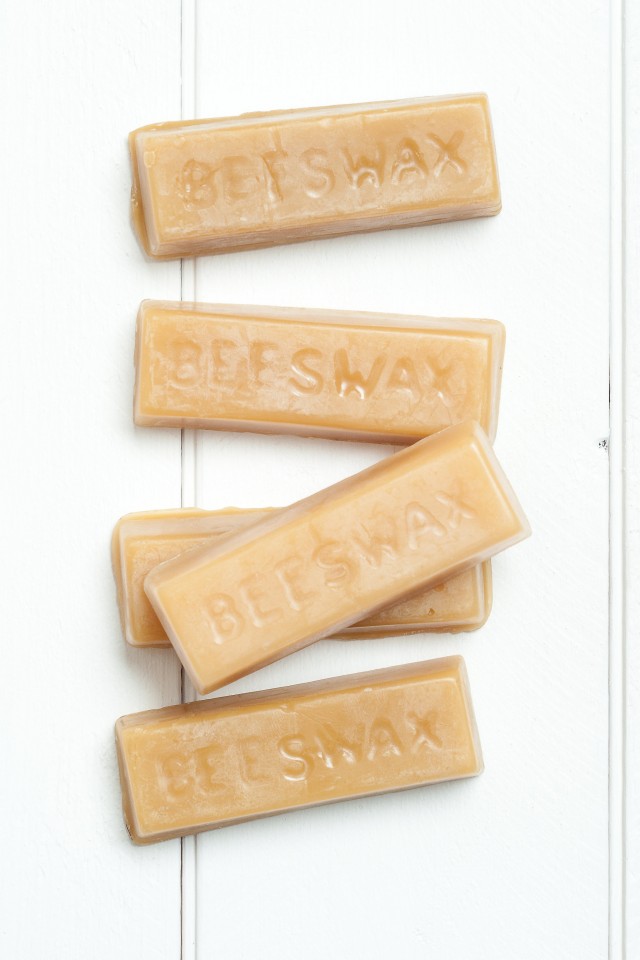
B) Wet Distressing – Wet distressing is a technique where you remove paint through by using a wet cloth sponge before the paint has had a chance to cure.
For example, a sanding sponge that is damp or a cloth that is damp. It creates less mess and you can control parts you want to distress more easily. We have a great tutorial on how to wet distress.
This often shows a beautiful natural looking distressing. as opposed to taking sandpaper to a painted surface that is cured where you have less control and you may go beyond the substrate very quickly without knowing it. If you are using coarse sandpaper it can’t leave scratches so that’s why we prefer wet just stressing because it has a more natural wear appearance.
3) Do I need to sand or prep my wood piece?
That depends on what is on the wood that you want to paint. Clean raw wood only needs to be sure that the last sanding was in the direction of the grain (sandpaper grit no lower than 120). If it is dust free then you can go ahead and paint (if it is a surface that you are not worried about bleeding through). Fusion is self priming on raw wood, meaning it will adhere to and fill in pores to make a uniform surface ready for a covering a second coat of paint. After it has dried you give a very light sanding ( 220 grit or higher) since the wood grain ends can be slightly raised and now have a roughness. When smooth, remove any dust with then you go ahead to put your second and final coat on.
For lacquer or old shiny paint you must degrease or clean with Fusion TSP to ensure all grease and oils have been removed. If it is super shiny we also encourage you to de gloss the surface by a light scuff sand with a fine grit. Do not sand anything you think may contain lead.
If you’re piece has wax on it you must remove with mineral spirits.
Most wood as long as it is clean, doesn’t need anything further. When in doubt, refer to our Prep Guide here.
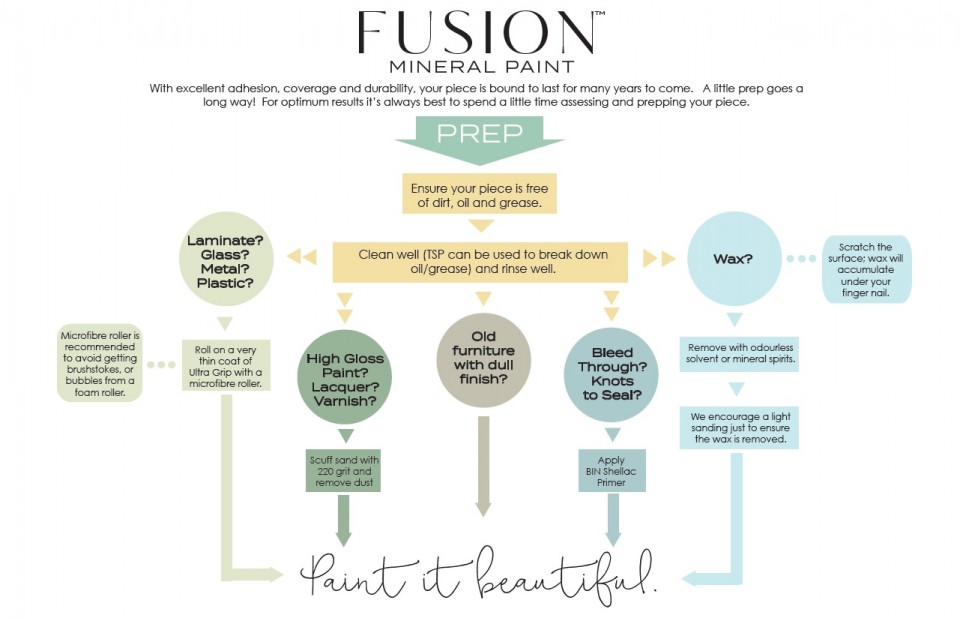
4) How do I paint a non-porous surface?
A non-porous is anything that has been previously painted or coated. In which case, follow the same instructions as question # 3 and refer to our Prep Guide.
5) Can I paint kitchen counters?
While you probably could paint a countertop and some of our Paint it Beautiful Group members have, it is not something that we recommend because the countertop surface will come into contact with food, knives, etc. Fusion is mostly a furniture paint, created and tested for that use alone. Anything outside of its intended purpose is not something that we can promote or educate on.
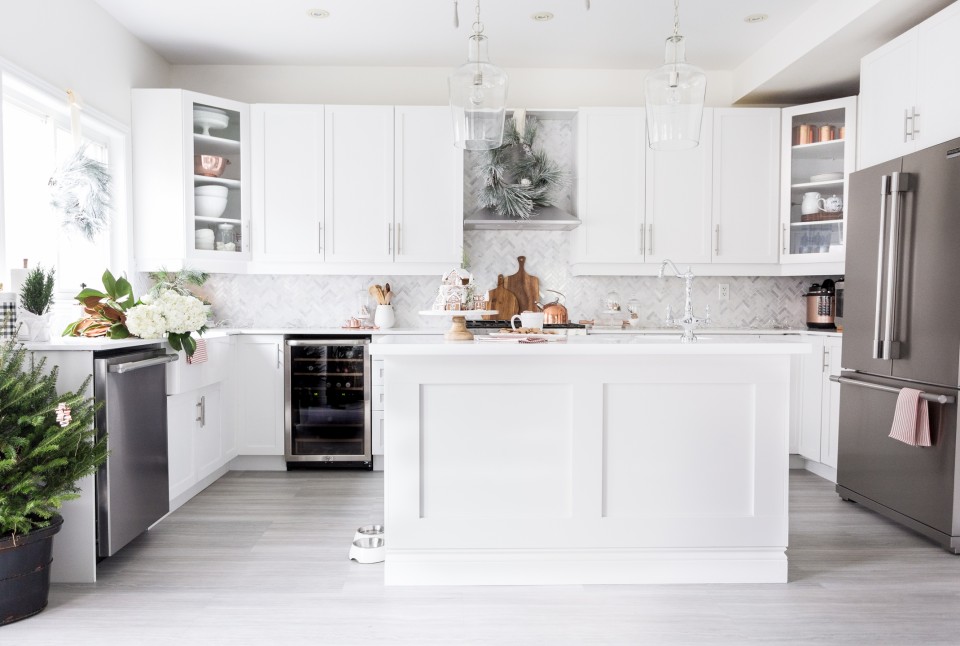
6) Do I need Ultra Grip on wood kitchen cabinets?
Most likely not. Typically Ultra Grip is used for Melamine cabinets and very high gloss detailed woodwork that you can’t easily sand to dull the sheen. For wood cabinets, \a good cleaning with TSP and a light sanding and you’re all set to go! Read more here on How to Prep Like a Pro and Painting Kitchen Cabinets.
7) Can I paint over wipe-on polyurethane?
These surfaces need to be cleaned and scuff sanded prior to painting.
8) Can I paint over wax?
No. Wax is always the last thing you apply to your furniture (unless you are distressing your piece, in which case refer to Question # 2). If you waxed something and you want to change the look, you must remove it with a mineral spirit before you paint.
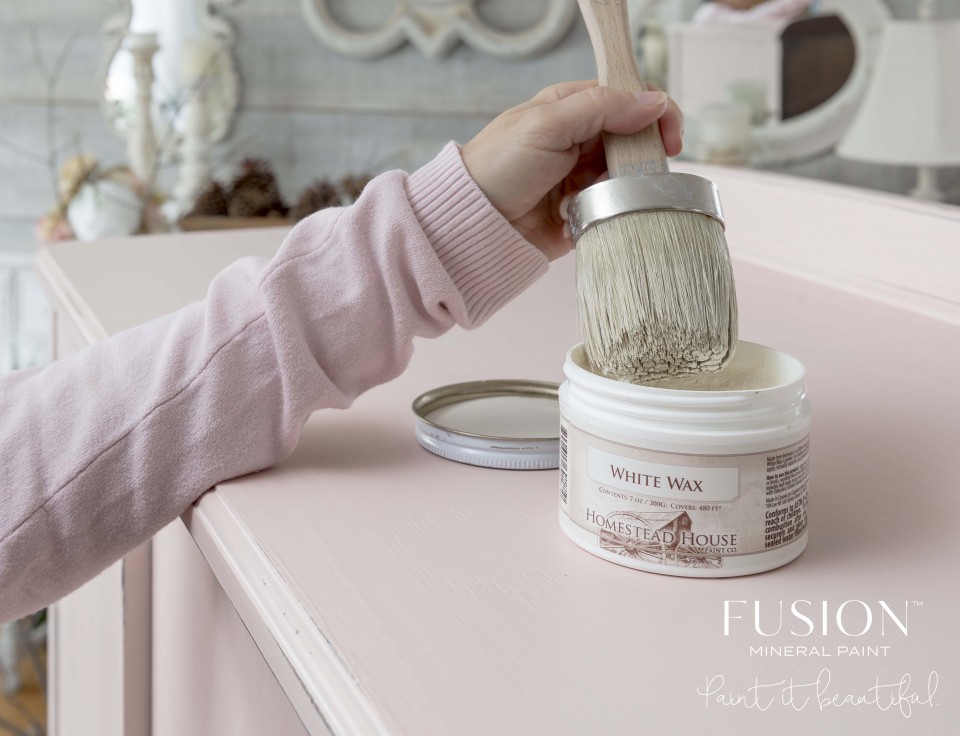
9)
10) Do I have to seal?
Fusion Mineral Paint does not need a sealer as it comes with a built in Top Coat. You can however use our Tough Coat if the circumstances warrant it. To read about when to use and when not to use Tough Coat, visit our blog post about it to help you decide.
If you decide to accent your piece with a Glaze finish on a high-traffic water area like kitchen table tops or kitchen cabinets, it is often recommended for top durability to seal it with Tough Coat. The legs of a table, or a dresser wouldn’t be necessary.
11) What is TSP Alternative?
TSP (Trisodium Phosphate ) is a cleaner to help remove dirt, grime and grease so that your painting surface is as clean as can be. Paint doesn’t like to stick to “loose particles” like dust, or grease. TSP removes them all, which will improve the adhesion of your paint and the look of subsequent coatings. Our TSP is biodegradable and organic. Read more about TSP here.
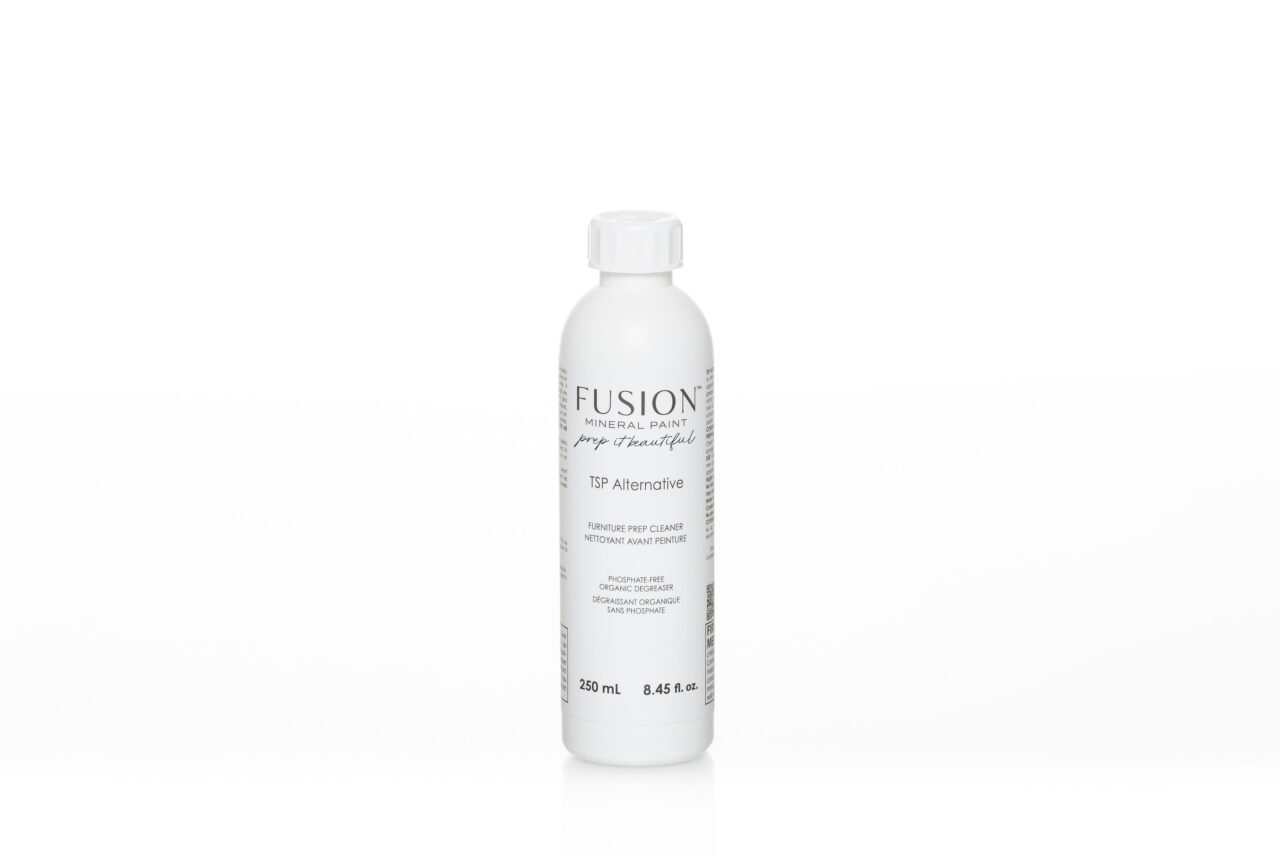
12) How do you apply Tough Coat without streaks?
Using a sponge or a damp rag is the easiest way to apply Tough Coat. A large car detailing sponge tends to be the best way to apply it, from end to end. We have a great video where Jennylyn shows the application process.
13) How do I test if a previously painted piece was waxed?
Do a scratch test using your nails. If anything comes up under your fingernail, there is most likely grease or wax. It needs to be thoroughly removed before painting.
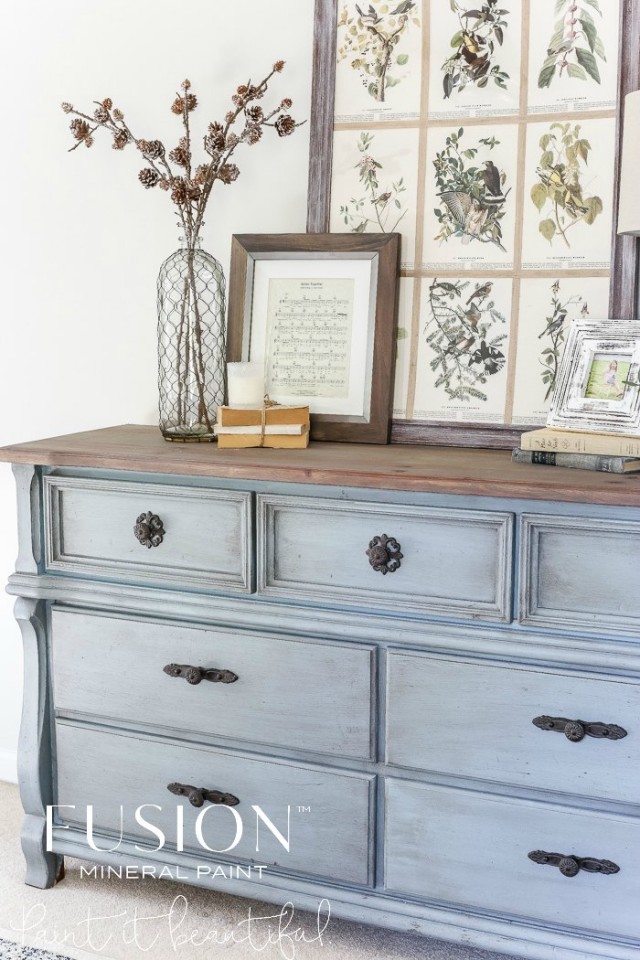
14) When to use Ultra Grip?
Almost never! The only exceptions to using Ultra Grip are the ThermaFoil kitchen cabinetry or lacquers that have very detailed mouldings. You do not want to scuff sand in all these little detailed or carved areas.
15) Can you use Fusion indoors?
Fusion Mineral Paint is safe to use as a year-round paint, even indoors in the winter.
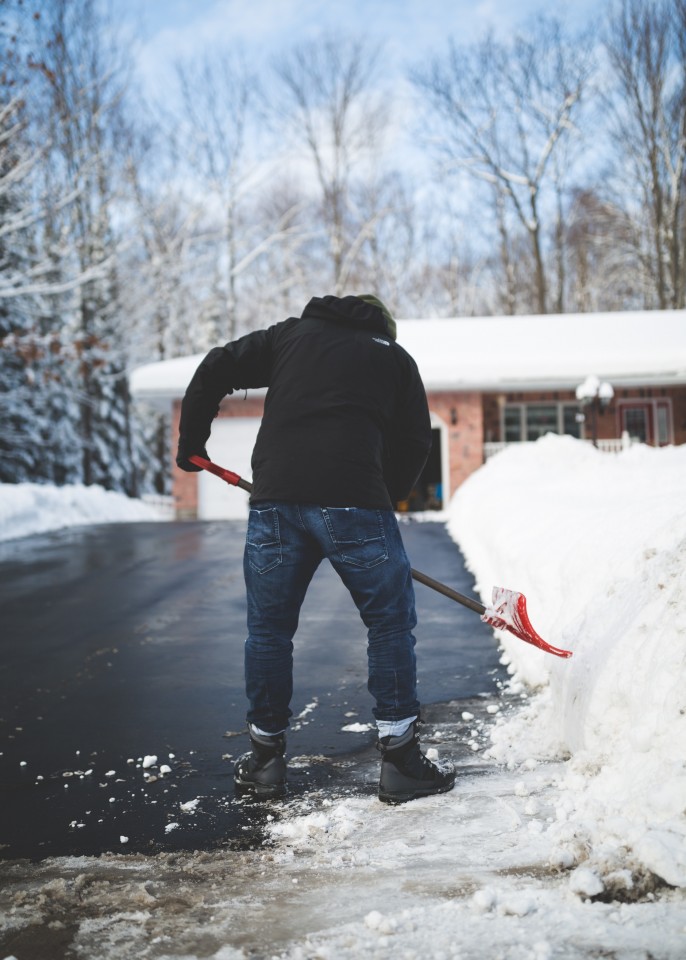
16) Chalky style paint and Fusion Mineral Paint? What’s the difference?
Most of the chalk-style paints on the market are a thicker consistency. They leave a powdery soft matte finish and require a protective top coat such as wax.
Fusion is formulated with a built-in primer and topcoat! For most projects Fusion Mineral Paint is all that is required when repainting a clean and sound surface.
Fusion is formulated with a built-in top coat, the 100% acrylic resin. You do not need to use a top coat for water permanency. Lost and Found Decor has a very thorough post about the differences between the products.
17) Can you paint fabric with Fusion mineral paint?
You absolutely can paint fabric with Fusion BUT not all fabrics are created equally. Some lend themselves to being painted more easily than others. Read all about it in our Painting Fabric blog post.
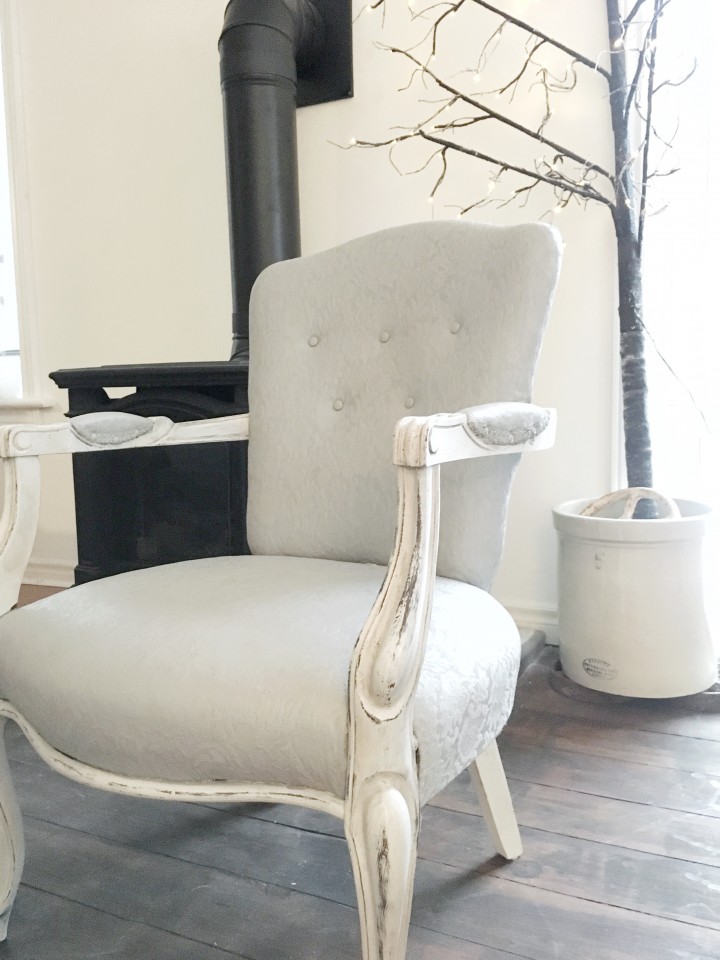
18) What’s the best brush to use with Fusion Mineral Paint?
One of the secrets to achieving the perfect paint finish is the tools you use. We strongly recommend STAALMEESTER brushes. We also have a helpful blog post on how to choose the right brush for your project.

19) How much coverage do you get with a container of Fusion Mineral Paint?
We have a handy guide and chart that shows you how much coverage you can get with specific product examples. Generally speaking one 500ml, 16.9 fl oz container will cover 75 square feet. Remember, that includes a built-in top coat.
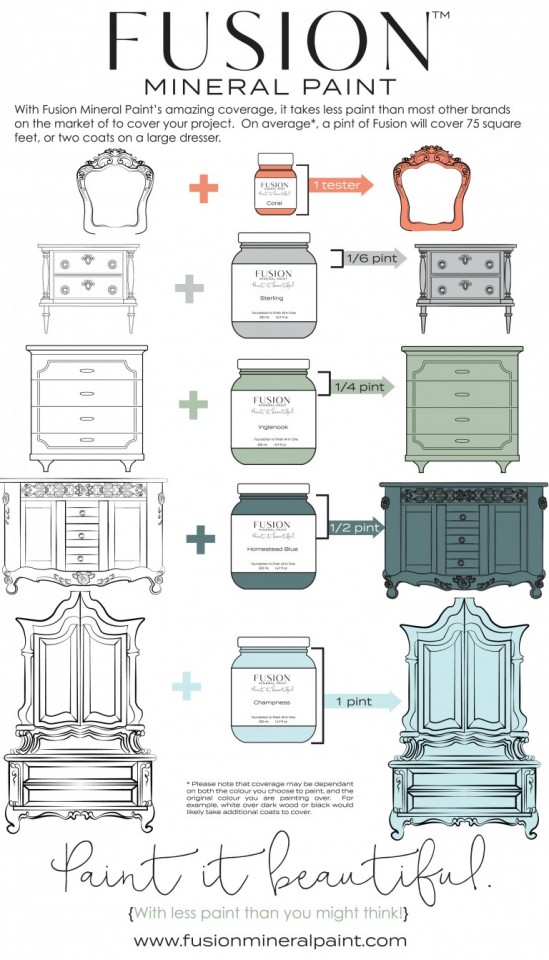
20) Where can I find examples of projects painted in a specific Fusion Mineral Paint colour?
You can find all of the colours that Fusion carries right here along with descriptions of each colour and photos of projects. Just click on each individual colour swatch to see the photos. We also recommend you follow our Pinterest account. There we have a curated board where we are constantly adding new projects under each individual Fusion paint colour.
21) Where can I buy Fusion Mineral Paint?
You can find your closest Fusion retailer under our Where To Buy section.
22) I am a business owner and I want to sell Fusion in my store. How can I do so?
You can apply to become a Fusion Retailer right here. We have a high volume of requests sent daily! But we promise we’ll be in touch as soon as we possibly can.
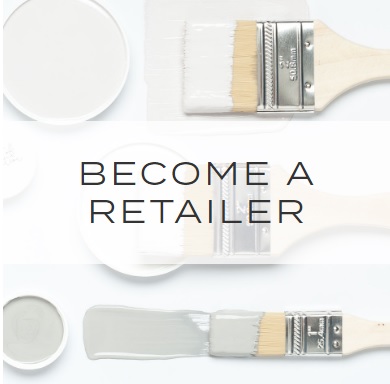
23) I have a specific project that I want to paint with Fusion, but I need more help. Who can I ask?
We have a great Facebook group called Paint it Beautiful. There you will find both expert and amateur painters, as well as Fusion Merchants who are able to help answer just about any question or concern you have with your particular project. Everyone is very helpful and supportive and there is no such thing as a dumb question. So come join us there and ask away! You will find lots of inspiration and discover new painting techniques to help you create the look you want.
24) Where else can I connect with other Fusion fans and community members?
We are across social media on all the major platforms. You can follow us on the following:
Instagram – https://www.instagram.com/fusionmineralpaint
Pinterest – https://www.pinterest.ca/FusionPaint
Twitter – https://twitter.com/FusionPaint
Facebook – https://www.facebook.com/fusionmineralpaint
And lastly, YouTube! Our YouTube channel has tons of amazing tutorials.
And you can also subscribe to our newsletter! Get Fusion Mineral Paint News right into your email inbox.
Another way to see more Fusion projects is to check different social media platforms with the hashtag: #FusionMineralPaint, #FusionPaint or #Fusion
25) Where can I find out more about your company and Fusion Mineral Paint itself?
You can read all about our founders, how we got started and what makes Fusion Mineral Paint different from other paint in our About Us section.
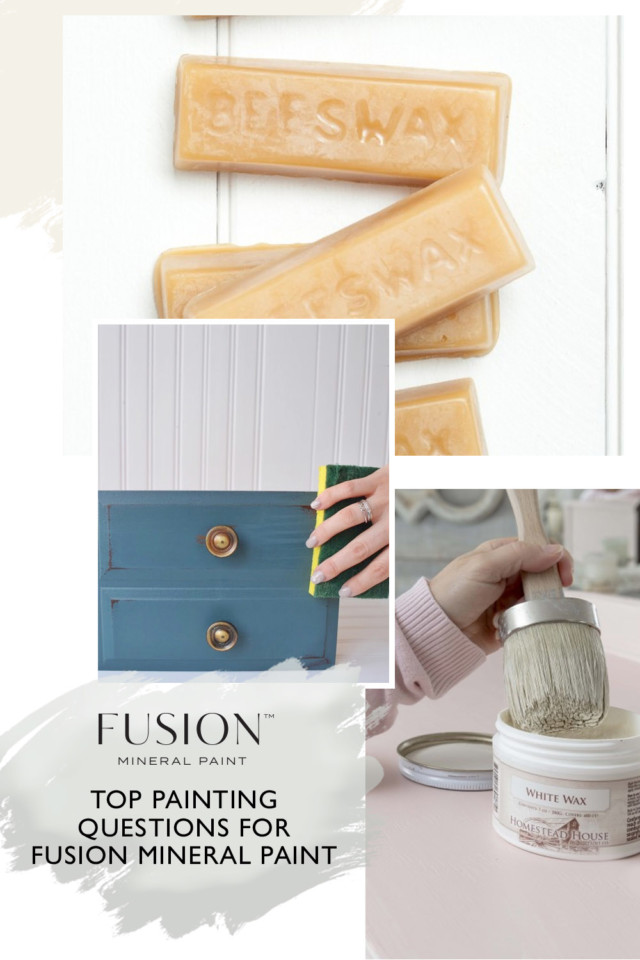



i will be using tough coat on the tops of night stands and dresser. Do you do the whole piece of furniture like drawers and sides of the furniture
We would recommend just the surfaces that get high traffic. Fusion has a built-in topcoat so no need unless you think it will get extra wear.